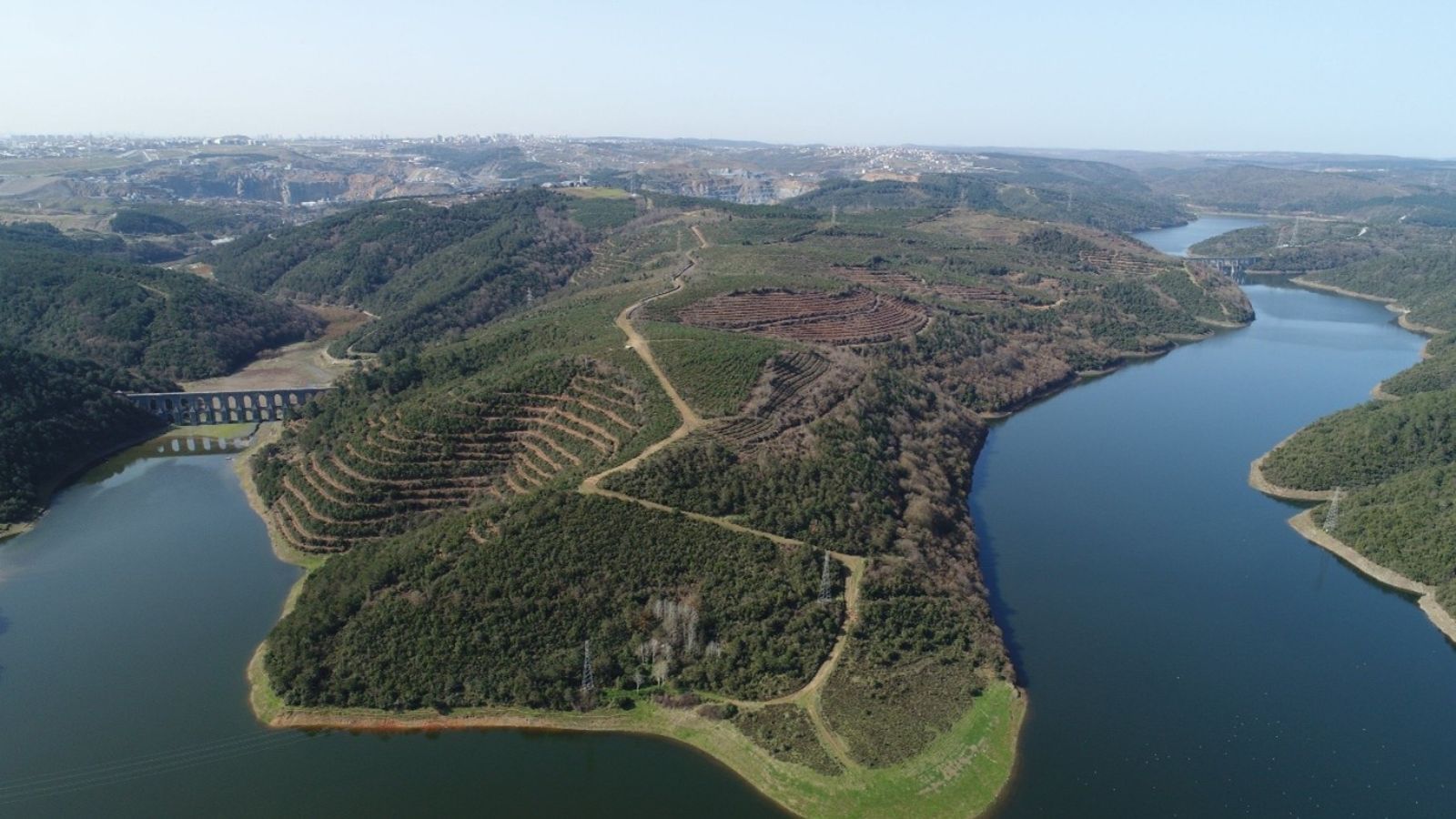Overview of the Istanbul Dam Water Levels 2025 Situation
As per recent reports, Istanbul dam water levels 2025 have dropped drastically due to persistent drought conditions, triggering growing concern over the city’s long-term water security. The average water level across Istanbul’s ten major dams has reportedly fallen from 81.23% in April 2025 to just 25.34% by mid-October.
The decline has been most severe in Kazandere Dam (Vize, Kırklareli), where water levels have plunged from nearly 100% to 2.71%. Similarly, Papuçdere Dam fell from 95.49% to 11.48%, while Ömerli Dam, one of Istanbul’s largest, dropped from 93.66% to 15.81%.
Other key reservoirs including Sazlıdere, Büyükçekmece, Alibey, Terkos, Elmalı, Darlık, and Istranca have also registered substantial decreases ranging between 14.77% and 50.01%, according to official figures.
Background and Contributing Factors
The sharp reduction in Istanbul dam water levels 2025 is attributed to prolonged dry spells, reduced rainfall, and increased consumption across the metropolitan area. Experts point out that the current decline reflects a broader climatic trend across northwestern Turkey, where precipitation has remained below historical averages throughout the year.
In addition to weather conditions, urban growth and rising domestic water demand have further strained Istanbul’s reservoirs. Climate analysts also note that recurring heatwaves and low humidity levels have accelerated evaporation from open reservoirs, compounding supply pressures. The situation underscores the vulnerability of Istanbul’s water infrastructure, which depends heavily on these dams for residential, industrial, and agricultural needs.
Impact and Emerging Risks
The continuing fall in Istanbul dam water levels 2025 poses serious risks across multiple sectors:
Urban Water Supply
- Shortages and rationing: Residents may experience intermittent water supply or scheduled rationing to conserve remaining resources.
- Public health concerns: Reduced access to clean water may affect hygiene, sanitation, and healthcare facilities.
Agriculture and Industry
- Crop stress: Agricultural areas relying on municipal water may face yield reductions, impacting food security.
- Industrial disruption: Water-intensive sectors such as food processing and manufacturing could face operational constraints.
Environmental Risks
- Wildfire vulnerability: Extended drought increases the likelihood of forest fires in surrounding districts.
- Ecosystem impact: Falling reservoir levels can degrade aquatic habitats and reduce biodiversity.
The cumulative impact could strain emergency services and supply chains, particularly if water availability continues to decline through late 2025.
Recommendations
- Monitor official updates: Follow the Istanbul Water and Sewerage Administration (ISKI) for real-time water level data and conservation advisories.
- Implement conservation measures: Residents and businesses should reduce non-essential water use and repair leaks to minimize wastage.
- Review contingency plans: Industries and healthcare institutions should assess backup water sources and develop rationing protocols.
- Promote awareness: Municipal authorities are encouraged to conduct public outreach campaigns on efficient water use and emergency preparedness.
Conclusion
The decline in Istanbul dam water levels 2025 marks one of the city’s most severe drought periods in recent years. With reservoirs at critically low capacity, immediate conservation efforts and adaptive management strategies are vital to safeguarding urban water security.
If dry conditions persist, Istanbul may face further restrictions on water usage and escalating risks to agriculture, industry, and public health, reinforcing the urgent need for long-term resilience planning in Turkey’s most populous city.
Stay Ahead of Threats with Datasurfr Predict
MitKat’s Datasurfr Predict delivers accurate, real-time, and contextualised data to help organisations respond swiftly to physical, environmental, and cyber threats.
With Sam AI, our AI Agent not only provides context for unfolding events but also analyses vetted historical data to forecast how events are likely to evolve and their potential impact using industry and location-specific probabilistic scores. Book a free demo today and see how Datasurfr Predict can transform your risk preparedness.


